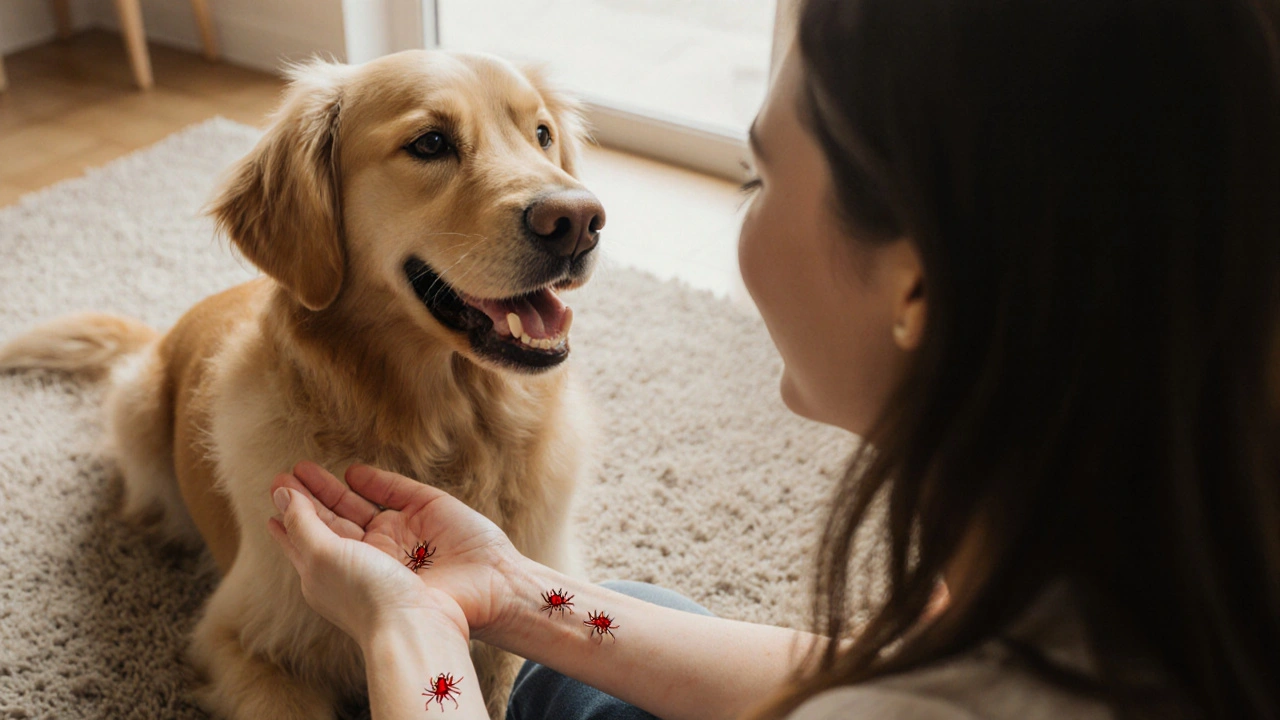Scabies in Pets – What You Need to Know Right Now
Scabies is a tiny mite that loves to burrow under your pet’s skin. It causes itching, hair loss and skin sores that can get worse quickly if you don’t act. The good news? It’s treatable, and you can stop it from spreading to other animals or even people in your home.
How to Spot Scabies Early
First sign is an itch you can’t ignore. Your dog or cat will scratch, bite or rub against furniture more than usual. Look for tiny red bumps or crusty patches, especially around the ears, elbows, belly and paws. You might also see hair thinning or a “mange‑like” rash that feels rough to the touch.
Don’t assume it’s just fleas. Scabies mites work differently – they dig into the skin, so the rash often appears in clusters and can be more intense at night. If a sibling pet shows similar symptoms, the mites are likely moving around the house.
Treating and Preventing Scabies
When you suspect scabies, book a vet visit right away. The vet will usually confirm the diagnosis by looking at skin scrapings under a microscope. Treatment typically involves a prescription cream or dip that kills the mites. Follow the dosing schedule exactly; missing a dose can let the infestation survive.
Alongside medication, clean the environment. Wash all bedding, toys and grooming tools in hot water. Vacuum carpets and upholstery, then discard the vacuum bag or clean the canister. For severe cases, a whole‑home spray may be recommended by the vet.
Prevention is simple once you’ve cleared the infestation. Keep regular flea control, because a healthy coat reduces the chance of skin damage that lets mites set up shop. Avoid close contact with stray animals that might carry scabies, and give new pets a quick vet check before they join the household.
If you notice any lingering itch or new spots after treatment, call the vet. Sometimes a second round of medication is needed, or there could be a secondary infection that requires antibiotics.
Remember, scabies is not a sign of a dirty pet – it’s just a parasite that can affect any animal. Acting fast, following the vet’s plan, and keeping your home clean will get your furry friend back to a happy, itch‑free life in no time.
How Pets Spread Skin Parasites: What You Need to Know
Learn how dogs and cats can spread skin parasites like scabies, hookworm larvae, and fleas, and get practical tips to prevent infections at home.
